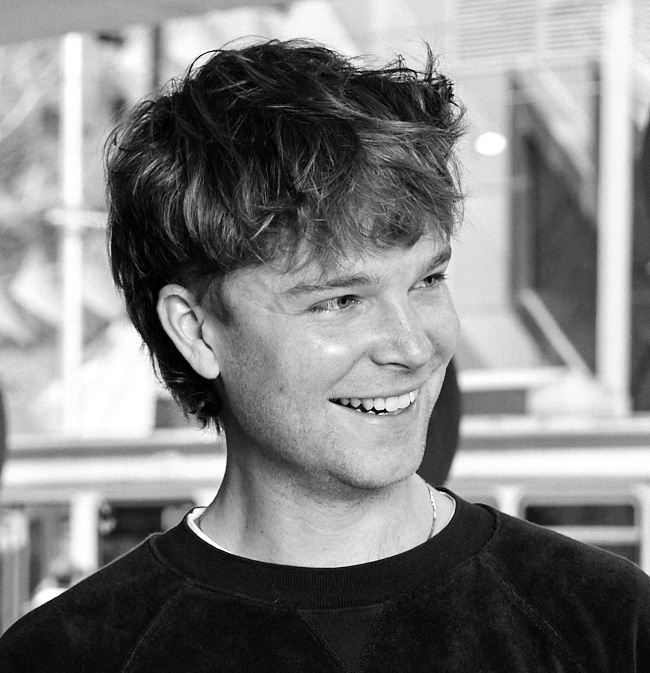What it does
Holo surrounds the nesting cavity with air conditioning runoff, evaporatively cooling the habitat while providing water for local fauna. Testing shows it can lower temperatures by up to 12°C during heatwaves, increasing survivability for hollow nesting birds.
Your inspiration
Australia is getting warmer as habitat is being destroyed. This is proving an existential threat to native birds – with annual survival rates predicted to plummet over the next century. Whilst existing nest boxes are a valuable conservation tool, they are not equipped to deal with Australia’s warming cities. Cooling capability, water access and vulnerability to invasive species were amongst the most pressing issues, underscoring the need for innovative and resilient artificial habitats which are suitable for urban environments.
How it works
Holo employs passive cooling strategies to regulate temperature through evaporative cooling, mimicking the inside of a tree hollow. It works by combining the principles of thermal mass and evaporative cooling, similar to termite mounds. The terracotta sweats in the heat, absorbing energy and cooling the nesting cavity. Simultaneously, the reservoir’s thermal mass resists temperature spikes. Testing Indicates this could reduce internal temperatures by up to 12°C during heatwaves, increasing survivability for nesting species.
Design process
Holo began as a broader investigation into artificial habitats for urban wildlife. Through interviews with ecologists and ornithologists, I was directed to CSIRO research highlighting the deadly impact of heatwaves on native bird populations. This insight led me to narrow the focus: could a nest box protect birds from temperature extremes? I began testing materials and concepts for passive thermal regulation. Drawing from biomimicry, particularly termite mounds, and ancient cooling systems like badgirs and trombe walls, I prioritised evaporative cooling and thermal mass. Terracotta emerged as the ideal material due to its porosity, durability, and thermal properties. A breakthrough came when I noticed water dripping from an air conditioning unit onto the pavement. That runoff could be repurposed to drive the evaporative system. Better still, in winter when ACs aren’t in use, the empty reservoir would act as an insulating air pocket, creating a passive seasonal switch. From there, I developed scale prototypes and tested them under simulated heatwave conditions. I integrated a planter to promote invertebrate life and boost thermal mass, and added a catchment that local fauna could drink from. Finally, I built a full-scale version using custom slip-cast moulds.
How it is different
Holo is the first wildlife habitat to combine evaporative cooling with a wall-mounted design and AC water reuse. Standard boxes absorb heat; Holo actively cools. It turns air conditioning runoff, commonly considered waste, into a survival tool. It’s also designed for dense cities, where trees are scarce but vertical surfaces are abundant. The system is effective, scalable, and made from a single, natural material with minimal environmental impact.
Future plans
The next phase is field testing and deployment. I'm seeking funding and partnerships with local councils and conservation groups to install pilot units in heat-affected suburbs. I also plan to refine the production process for small-scale manufacturing and explore licensing or open-source models to enable wider adoption. The long-term goal is tp embed Holo in urban planning codes as a standard wildlife-supporting infrastructure.
Awards
iF Student Award 2025



Connect